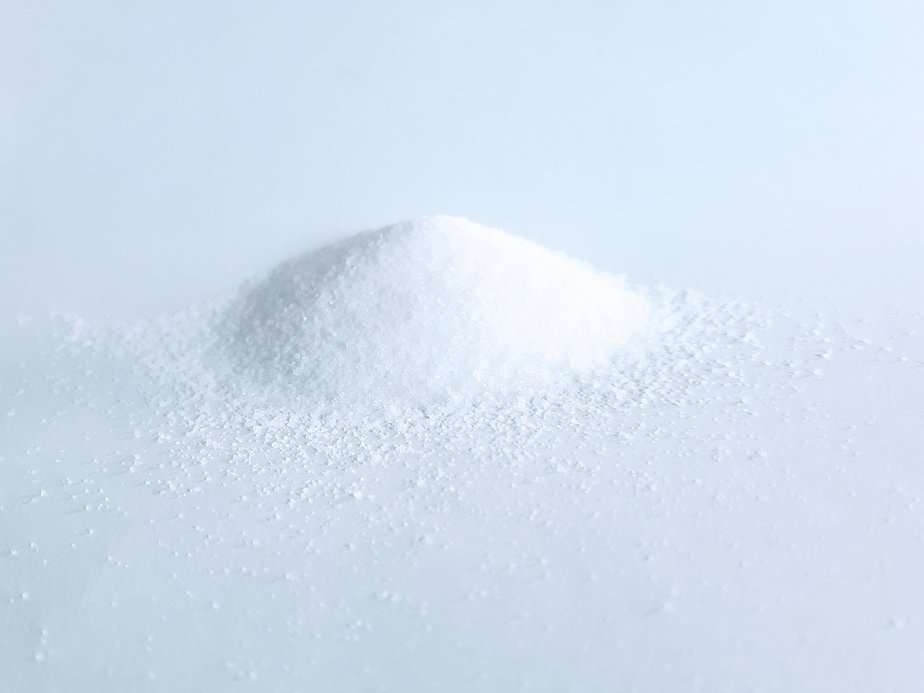
In the world of dam repairs, superabsorbent polymers have their place but are far from being an effective solution.
Dams play a crucial role in water security management, providing water storage, flood control, and hydropower generation. However, over time, these critical infrastructure elements can develop leaks, posing significant risks to downstream communities and ecosystems.
Recently, there has been considerable PR surrounding the use of superabsorbent polymers as a solution for sealing dam leaks. These polymers are marketed by companies such as Polymer Innovations, Prozyme, Shalex and Triox as a revolutionary way to address the problem swiftly and cost-effectively.
For instance, Polymer Innovations describes its ‘Watersave‘ product as ‘World’s Best DIY Dam Seal’. (Polymer Innovations are big fans of hyperbolic marketing statements)
But is this hype justified?
In this article, we’ll explore the world of dam repairs and explore the limitations and challenges that come with relying solely on superabsorbent polymers.
Understanding Superabsorbent Polymers
Superabsorbent polymers, also known as SAPs, are hydrophilic materials capable of absorbing and retaining large quantities of water, sometimes several hundred times their weight. This remarkable property makes them an attractive choice for various applications, including agriculture, hygiene products, and, yes, dam repairs. The idea behind using SAPs in dam repairs is simple: introduce these polymers into the leak site, and they will absorb water, expand, and form a seal that prevents further leakage.
The Hype Surrounding SAPs
Superabsorbent polymers have gained popularity in recent years due to their potential cost savings, ease of application, and non-invasive nature. The promise of a quick and effective solution to dam leaks has led many to believe that SAPs are the panacea for all dam repair issues.
However, the reality does not match the hype.
Debunking the Myths
Limited Durability:
One of the most significant limitations of superabsorbent polymers in dam repairs is their durability. While they can create a temporary seal, they are not a long-term solution. Dams are subjected to immense pressure, temperature fluctuations, and environmental factors that can compromise the integrity of the SAP seal over time.
This means that, in most cases, the repair will need to be redone periodically.
Inadequate for Large Leaks:
Superabsorbent polymers are best suited for small to moderate leaks. In the case of larger breaches or structural damage, SAPs are simply not capable of providing the required strength and stability to secure the dam effectively. For such critical situations, traditional methods and engineering solutions are still necessary.
Environmental Concerns:
The environmental impact of superabsorbent polymers is a growing concern. These materials are not biodegradable, and their widespread use can lead to long-term environmental consequences. When SAPs are used in dam repairs, their disposal and potential contamination of water sources must be carefully considered.
Application Challenges:
Applying superabsorbent polymers correctly can be a challenging task. The precise placement of SAPs within the leak site requires expertise, and any errors in application can lead to ineffective sealing. Inadequate training or improper use can result in additional costs and delays.
Real-World Failures
To truly understand the limitations of superabsorbent polymers in dam repairs, we must examine real-world cases where SAPs have fallen short.
Case Study 1: The Crumbling Reservoir
In one notable case, a reservoir with a significant leak attempted to use superabsorbent polymers to seal the breach. While the initial results appeared promising, the seal deteriorated rapidly due to the constant water pressure and temperature variations. The dam ultimately required extensive repairs, costing significantly more than if traditional methods had been employed from the start.
Case Study 2: The Environmental Impact
In another instance, the use of SAPs in a dam repair project had unintended environmental consequences. The polymers that didn’t fully degrade ended up contaminating local water sources, leading to adverse effects on aquatic life and water quality. This not only complicated the repair process but also resulted in substantial environmental remediation costs.
Conclusion
While they may provide temporary relief for small to moderate leaks, their limitations in terms of durability, environmental impact, and applicability to larger breaches must be acknowledged.
It’s essential to approach dam repairs with a comprehensive understanding of the specific issue at hand and consider a combination of solutions that prioritize long-term effectiveness and environmental responsibility.
Superabsorbent polymers may be an option, but they should not be relied upon as the sole remedy for dam leaks.
More reading
A comprehensive guide to dam sealing

Pingback: Understanding Superabsorbent Polymers: Why They Fall Short In Dam Sealing | Big Ditch Dam Building Company
Pingback: Decoding Polymer Innovations' Advertising Strategies For Water$ave | Big Ditch Dam Building Company